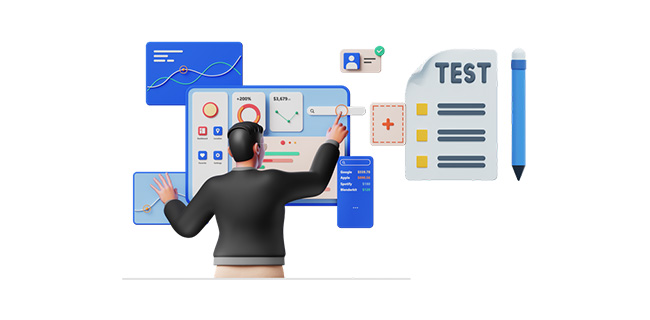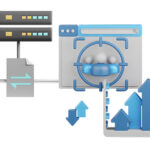Test-Driven Design (TDD) is a software development process that relies on the repetition of very short development cycles. It is based on the idea of writing tests before writing new code, and then continuously refining both the code and tests as the development progresses. TDD has gained popularity in recent years due to its ability to improve code quality, reduce bugs, and increase developer productivity.
One of the key benefits of TDD is that it forces developers to think about the design of their code before they write it. By writing tests first, developers are required to consider how their code will be used, what inputs it will receive, and what outputs it will produce. This leads to a more thoughtful and deliberate approach to coding, resulting in cleaner, more maintainable code.
Another benefit of TDD is that it provides a safety net for making changes to the code. Because the tests are written first, they act as a safety net, allowing developers to make changes to the code with confidence that they have not introduced new bugs. This encourages developers to make changes and refactor the code more frequently, leading to a more flexible and adaptable codebase.
To optimize the benefits of TDD, it is important to follow some best practices. Firstly, it is crucial to write meaningful and comprehensive tests. The tests should cover different scenarios and edge cases to ensure that the code behaves as expected in all situations. Additionally, it is essential to continuously refactor the code to keep it clean and maintainable. TDD is not just about writing tests; it is about continuously improving the design of the code.
Furthermore, it is important to involve the whole development team in TDD. Everyone, including developers, testers, and product owners, should understand and contribute to the testing process. This helps in creating a shared understanding of the codebase and ensures that everyone is aligned on the expected behavior of the code.
In conclusion, optimizing the benefit of Test-Driven Design involves writing meaningful tests, continuously refactoring the code, and involving the entire development team in the process. By following these best practices, teams can fully harness the benefits of TDD and create high-quality, maintainable code.


